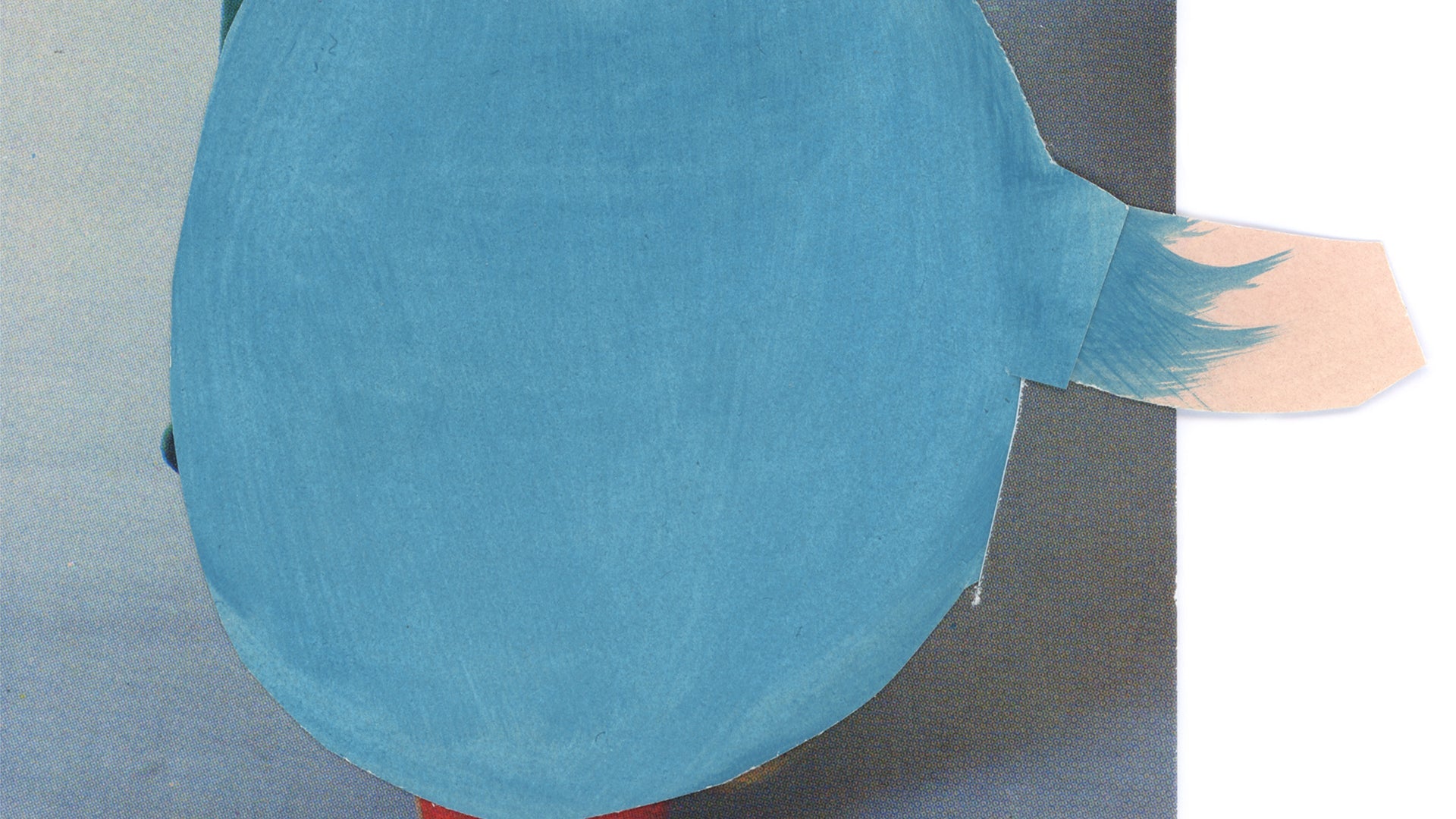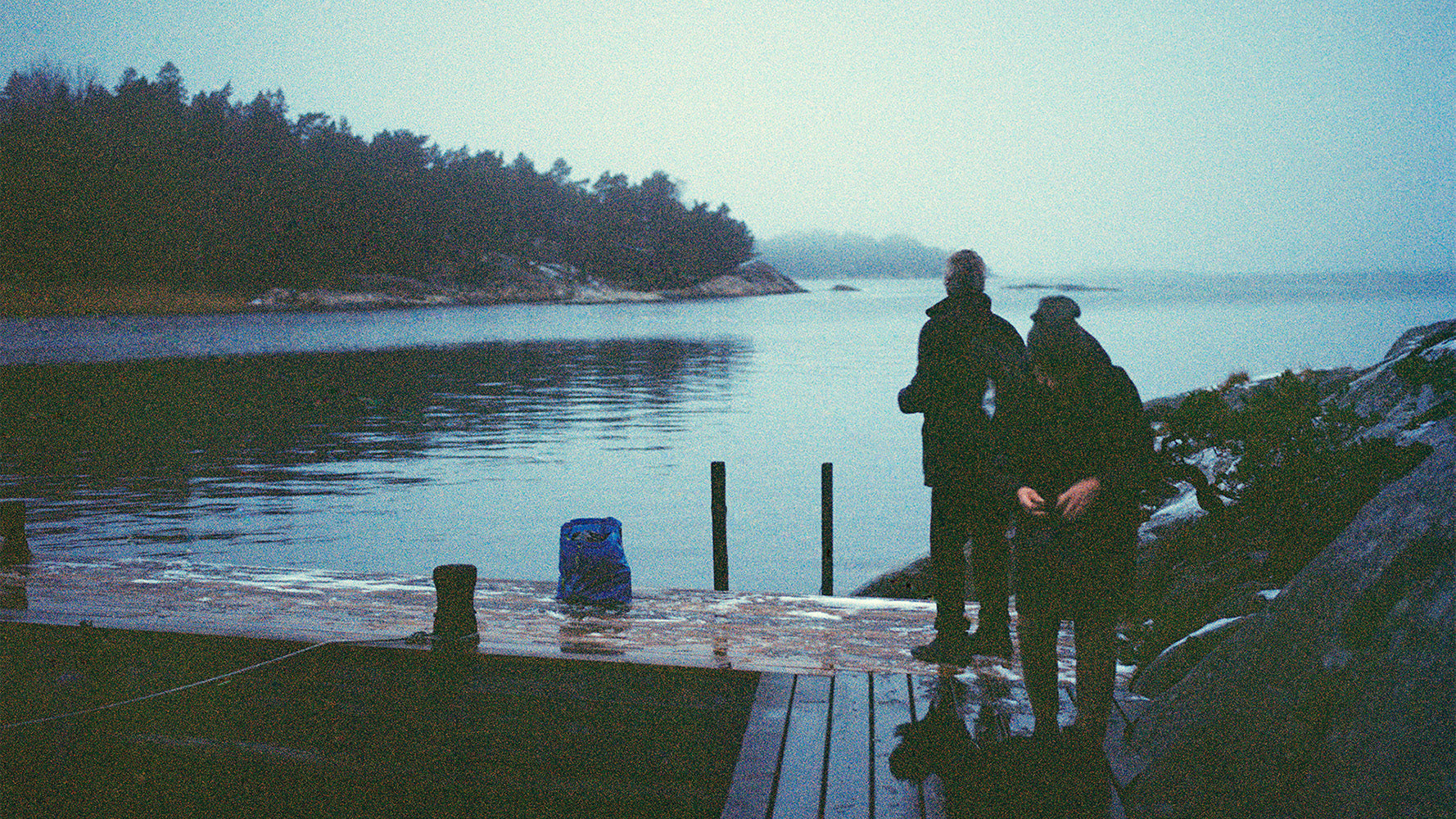
Objects of LoveRuth van Beek
IN THE MAKING
Soft, rounded shapes. Pastel, citrus and vibrant colours. Colourful backgrounds. Brush marks and cut-outs reveal, here and there, a handwork process. At first glance, the photographic element seems lost, and leaves the viewer with unpredictable morphological variations, spatial patterns on the verge of abstraction. Then, as the page unfolds, a plate, ankle socks, a piece of tablecloth give a glimpse of a childhood-scented household.

Upon closer inspection, we come to realise: Ruth Van Beek’s joyous and colourful displays clog up magazine prints, thus preventing the identification of the originally advertised object. The industrial four-colour printing emerges, drop shadows still show in places, but the contours of the manufactured items escape our attention. And yet, the point here remains that we need not mourn an aura that is forever lost. It is rather a question of excess, of added forms and tones carrying a spiritual power.
The artist definitely prefers playfulness to melancholy. It is a game of shapes and counter-shapes, of openness and closure, of hide-and-seek too. This work, like those before it, draws on the notion of family home and its potential load of comfort and surprises. The re-appropriation of the printed matter does not serve a critical purpose on domesticity, but gives way to a quiet nostalgia. This visual overload allows the dream of the original form. It revives a longing that is radically detached from the desires of consumer society. The product disappears and is replaced by an enigma.

The whole series works almost like a riddle. Each image may successively ask the viewer: “my first...”, “my second...”, “my whole...”. And while recalling Ruth’s biography doesn’t necessarily answer these, it is worth recalling how the loss of her mother at a young age has coloured her artistic explorations to this day. Recovering these everyday objects would therefore be akin to playing symbolically with absence. By denoting incompleteness, this ritual seeks to restore the totality formed together with the mother just after birth. In essence, painting, collage and colour could be a playful exercise in conjuration. The conjuring of another object: the primary object of love.
Words MARIE AUGER






